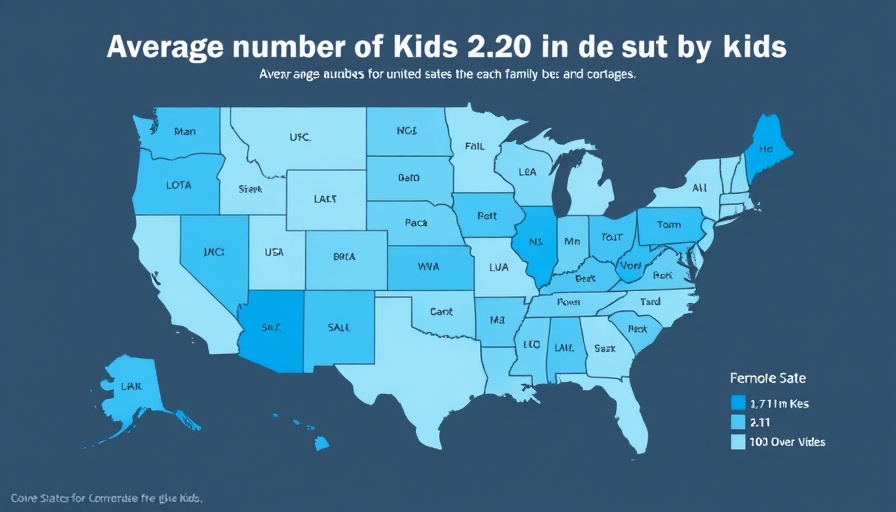
New Insights on Property Taxes and New Developments
In New Hampshire, the debate surrounding new housing developments often centers on a common concern: the potential increase in school-aged children that such projects might bring, thereby escalating property taxes. The notion that new homes lead to higher taxes due to increased enrollment in schools has been frequently asserted by critics of residential projects. However, a closer analysis reveals a more nuanced picture that invites a shift in perspective.
Understanding the Data Behind Tax and Enrollment Trends
Upon reviewing statistics from trusted studies, it becomes evident that New Hampshire ranks as the state with the lowest number of children per household in the country, at just 1.73. This statistic is pivotal—it challenges the stereotypical narrative suggesting that new subdivisions inevitably burden local schools. Research conducted by Professor Emeritus Richard England indicates that in surveyed new subdivisions, the average number of children per household actually drops to 1.32. Given this low average, the feared influx of children due to new housing developments may be overestimated.
Enrollment Patterns: A Declining Trend
It’s crucial to consider broader trends in school enrollment across the state. Over the past decade, New Hampshire has witnessed a significant decline in school enrollments. Notably, only 29 out of 234 communities experienced any growth in student numbers. Even in those districts where enrollments increased, such as Dover, the rise in the number of students—16.4%—did not correlate with increased property taxes. In fact, several districts with tax hikes simultaneously recorded declines in student populations, further complicating the narrative that new homes lead to higher taxes.
Conclusions: Rethinking Housing Developments
The collective evidence presented suggests that the fears surrounding new housing projects may be unfounded. The correlation between housing growth and increased tax burdens due to enrollment spikes appears weak at best. Rather, local governments and community members might benefit from re-evaluating these concerns and focusing instead on the potential benefits of new developments, including economic growth and community revitalization.
Understanding these dynamics is vital not just for policymakers but for residents wrestling with the impacts of potential developments in their neighborhoods. As more research unfolds, it’s important to stay informed and engage with the community conversations surrounding housing policies.
 Add Row
Add Row  Add
Add 




Write A Comment